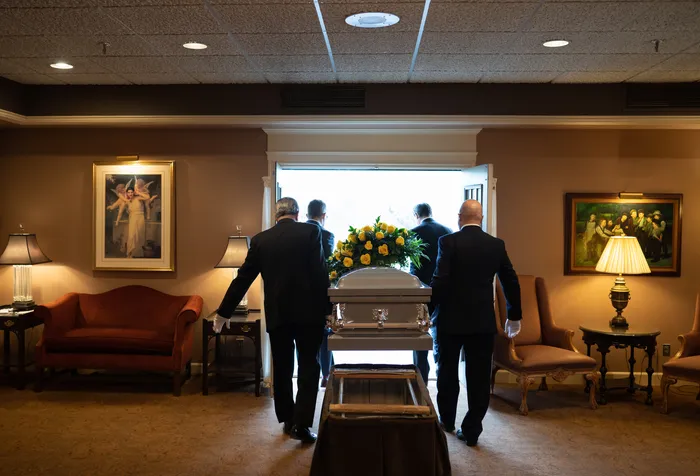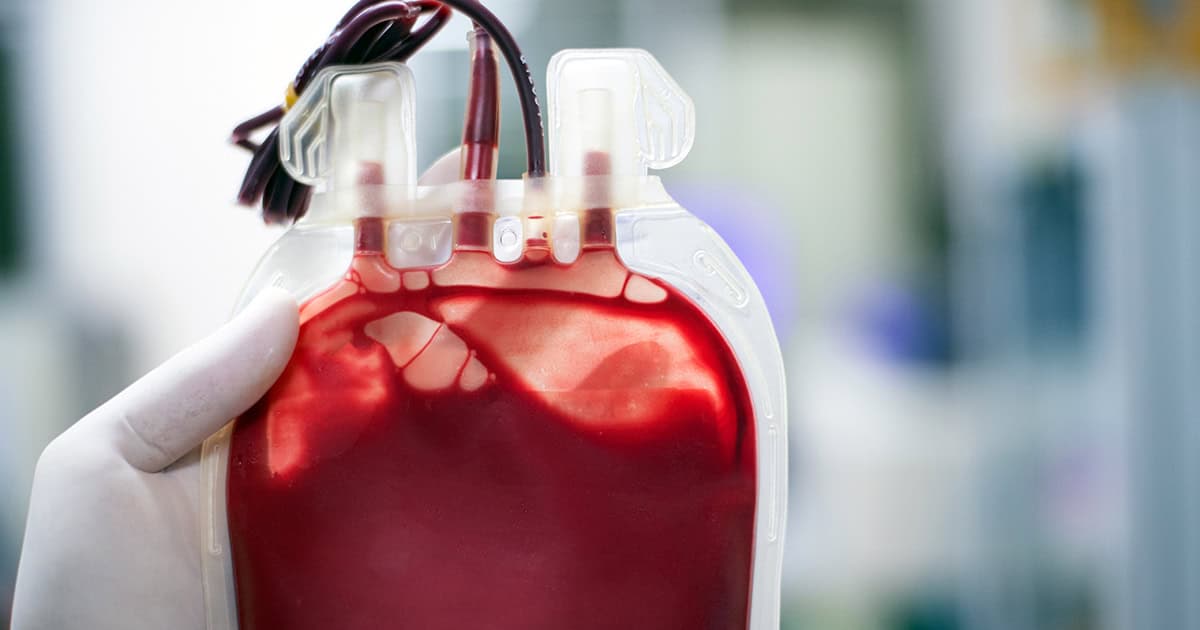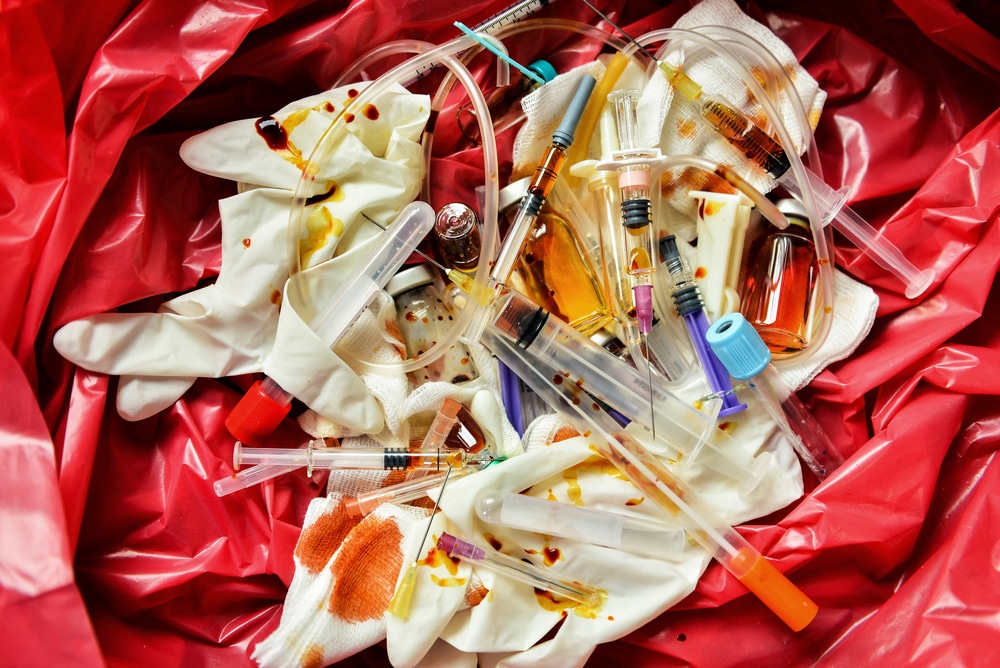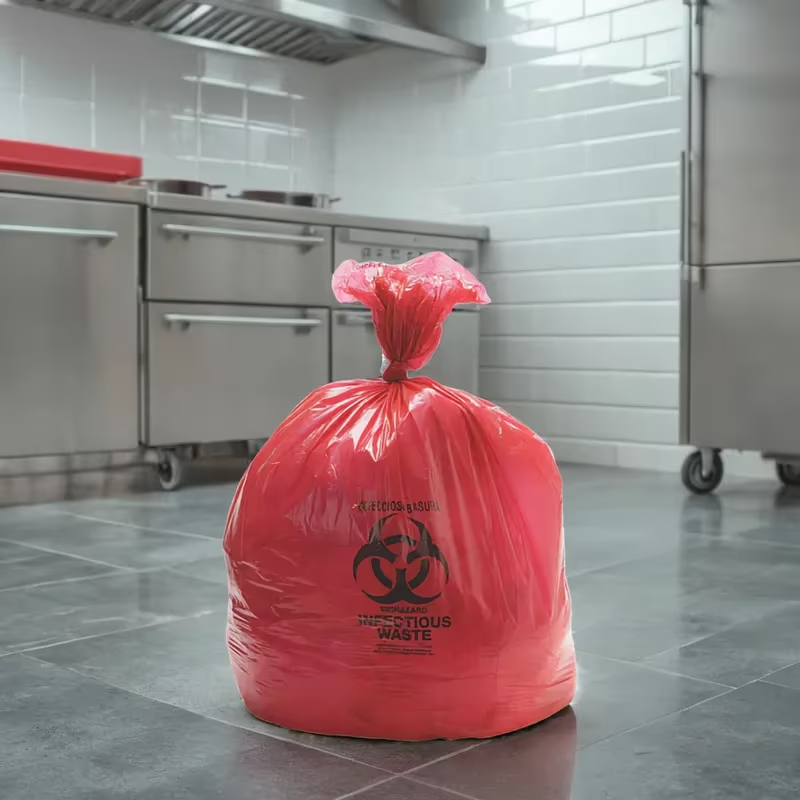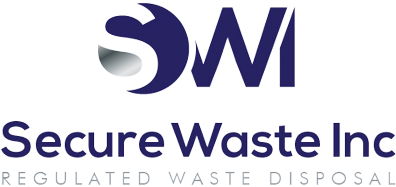Safely Manage Medical Waste In Funeral Homes: A 4-Part Guide For 2025
The Four Main Components To Safely Manage Medical Waste in Your Funeral Home
Running a funeral home is an opportunity to make a meaningful impact, even when faced with challenges like managing potentially infectious waste. You can ensure your funeral home remains compliant, secure, and compassionate by mastering four key components of safe waste management. If you need help with Regulated Waste Management in your funeral home, we can help. More information here on Secure Waste Funeral Home Waste Management And Disposal

Types of Medical Waste in Funeral Homes
1. Funeral homes manage a few types of medical waste, each playing a vital role in ensuring safety and care:
- Sharps Waste: This includes essential items like needles.
- Personal Protective Materials: These items, such as gauze and gowns, are essential for handling the deceased respectfully.
- Preparation Room Materials: This category consists of disposable gloves, gauze, and tubing used during the caring preparation process, all of which contribute to respectful service.
2. Thoughtful Segmentation of Funeral Home Waste
The National Funeral Directors Association has released an insightful guide called “Funeral Home Medical Waste Protocol,” which helps clarify the different types of waste that shouldn’t be categorized as medical waste, highlighting the importance of proper disposal practices. This includes:
- Pharmaceutical Waste
- Chemical Waste
- Radioactive Waste
- Bulk Chemotherapy Waste
An In-Depth Examination of the Exceptional Services Offered by Funeral Homes
Additionally, it’s interesting to note that specific categories, such as trace-contaminated chemotherapy waste, require different handling than bulk or unused chemotherapy drugs. For example, used chemotherapy drug vials that may arrive with a deceased individual can typically be disposed of in biohazard waste bins collected by medical waste companies in many states.
On the other hand, pathological waste, which consists of bodily fluids or tissues, requires careful segregation and clear labeling due to its specialized disposal needs.
While biohazardous waste can often be autoclaved, pathological waste must be incinerated to prevent the destruction of potentially infectious materials. It’s important to consider that if medical waste haulers find a mix of pathological and other biohazard waste, they may have to treat all waste as pathological, resulting in additional costs that could impact the funeral home.
Packaging biohazardous waste correctly in leak-proof containers that are clearly labeled is essential. Sharp waste, like needles and syringes, should also be placed in a rigid, puncture-proof container before being stored in the red biohazard bag. By following these guidelines, we can ensure a safe, respectful, and compliant environment for everyone involved.
3. OSHA Regulations Affecting Funeral Homes
Funeral homes can enhance staff safety by implementing OSHA bloodborne pathogens training, which aligns with hazard communication standards. This training helps employees manage risks associated with blood and infectious fluids through a robust exposure control plan.
Connecting with your medical waste provider can also be beneficial, as many offer affordable online compliance solutions to help maintain a safe and welcoming environment.
4. The Importance of Personal Protective Equipment
Personal protective equipment (PPE) is vital in safeguarding health and safety, especially when working with hazardous materials. Items such as face and eye protection, body coverings, and hand protection are key to keeping us all safe and secure.
A key example of the importance of personal protective equipment (PPE) is the case of a nurse who contracted the Ebola virus while caring for a patient in Dallas. Tom Frieden, the Director of the CDC, stressed the need to follow safety protocols diligently.
He warned that “even a single inadvertent slip can result in contamination.” This emphasizes the necessity of vigilance in the healthcare community. By prioritizing proper PPE usage, we can create a safer environment for those involved in patient care. Let’s work together to promote safety and protect our health!
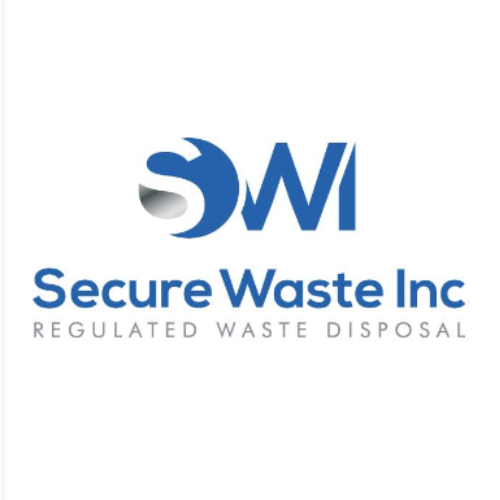
Expert Medical Waste Management: With over 25 years of industry experience, Secure Waste is a trusted local leader in hazardous and biohazardous waste disposal across Maryland, Virginia, and Washington, D.C. Specializing in medical waste management, sharps needle disposal, and biohazard waste removal, the company ensures full compliance with federal, state, and local regulations while prioritizing environmental sustainability.
The company also offers additional services, including secure document shredding and sharps container sales, providing comprehensive solutions for healthcare facilities and businesses. Our cost-effective services help clients maintain regulatory compliance without unexpected costs.
With a commitment to customer satisfaction, Secure Waste offers tailored waste management plans that align with industry best practices. Their team of experts provides reliable, timely, and compliant services, making them the preferred choice for medical waste disposal. For a free waste quote or more information, visit www.securewaste.net
